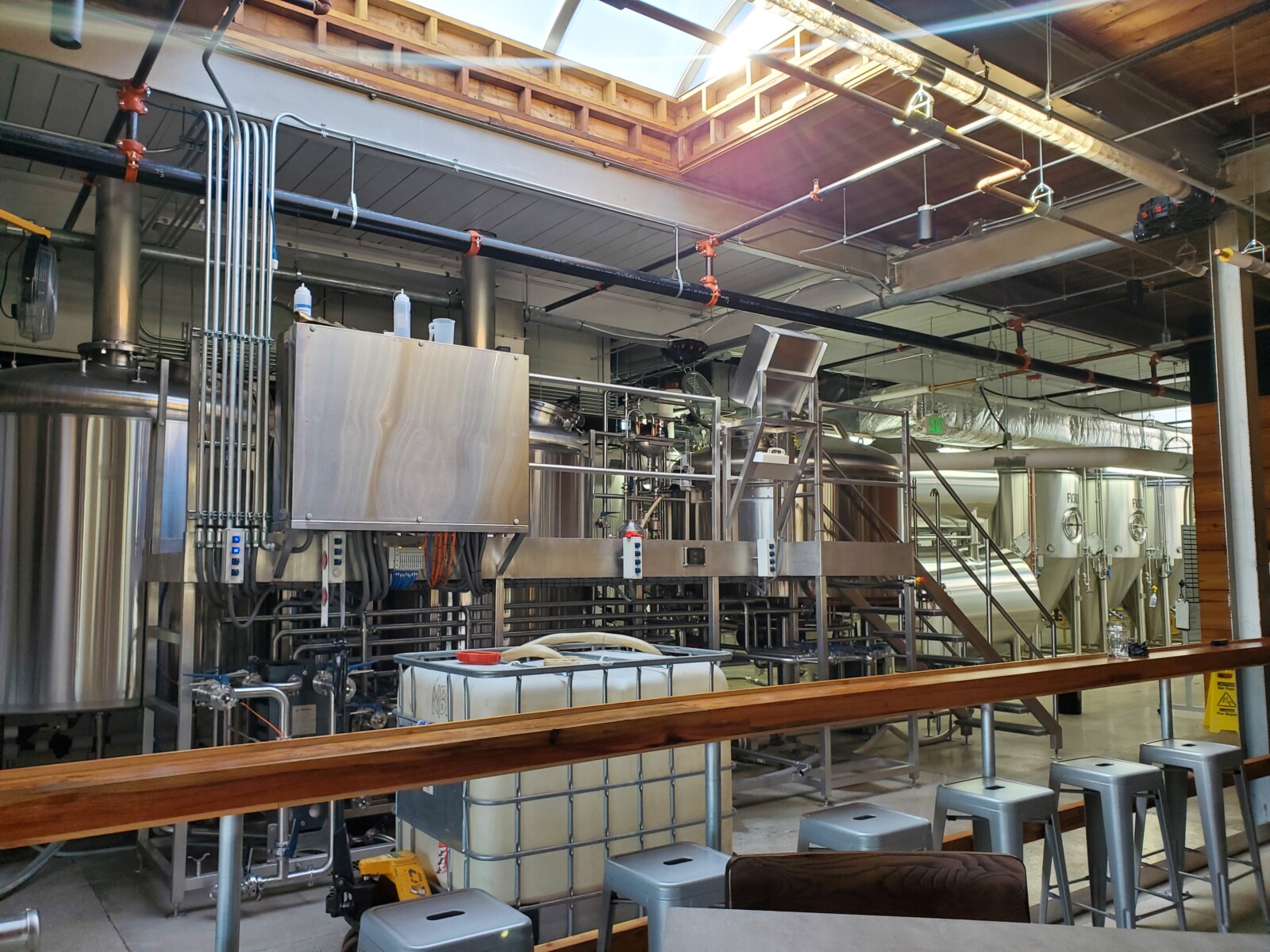Pasteurization has been in the brewing space since it was invented more than 150 years or so, but it is only in the last several years that small brewers have begun to embrace the technology. This is for a variety of reasons including consumer popular recipes that benefit from the process as well as increased availability and scalability on the marketplace.

Brewing Equipment featured expert topic supported by Chart Industries
Chart’s LN2 dosers support container pressurization and TPO reduction, and Earthly Labs’, SES’ and Howden’s carbon capture and compressor solutions enable breweries to capture CO2 emissions during fermentation process, boilers, or anaerobic digesters and reuse it onsite. ChartWater™ utilizes high recovery and low-energy water and wastewater treatment technologies, including the optimization of water reuse for sustainable, market-leading solutions.
“The number one reason to install and use a Pasteurizer is simple,” says master brewer Jaime Jurado. “It’s so you can sleep at night. It’s the best protection you have from unforeseen problems and undesired degradation of beer that doesn’t cause a recall.”
There are two types of pasteurization that make sense for breweries: flash pasteurization and tunnel pasteurization.
Pasteurization helps slow microbial growth in the liquid, thus extending shelf life. The first method called High Temperature Short Time, or “flash pasteurization” brings the liquid to 161°F for about 15 seconds. The second is Ultra-high temperature and brings the liquid to 280°F for at least two seconds.
Tunnel pasteurization is a continuous process that treats a beverage through multiple steps from start to finish to ensure that a liquid does not become contaminated with unwanted microbes. This is costly and a process that required a large commitment of space.
It is, however, necessary with beverages like non-alcoholic brews that lack the alcohol to keep disease at bay.
Flash pasteurization is more common in brewing and is used by most large breweries. As brewers of all sizes branch out into alternative beverages like seltzers, teas, and coffee, flash pasteurization helps with quality control in the marketplace.
While there are some that say pasteurization will cause a beer to lose flavor, those complaints are not necessarily born out in reality.
“Pasteurization actually does good things for hazy beers,” says Jurado. “It promotes long-standing haze and promotes long-standing microbiology stability.”
He said that there are conversations that with “I heard…” that speak ill of pasteurization can quickly spread among brewers who take it for gospel, without fulling learning the facts, or trying the process themselves.
Jurado, who has worked at breweries like Gambrinus, Abita Brewing Co., and Alamo Beer Co., will be presenting on pasteurization during the 2023 Craft Brewers Conference in Nashville, TN.
Equipment advancements means that flash pasteurizers can be placed in various spots around breweries without taking up a lot of floor space and many models have become more affordable over time.
He does suggest that if a brewery can afford, and have the space, for a tunnel pasteurization system, that it is a worthy expense that will give even more peace of mind over a flash pasteurizer.
In the long run, having at least flash pasteurizer can help with unwanted expenses that come with recalls or worse, should consumers get sick over contaminated drinks.
“You can get creative with locations,” Jurado says. “Put it on a mezzanine, or above a filler. It’s barely noticeable and it just pulls the beer up and then down again.”
